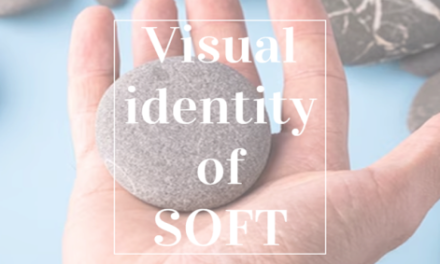Beiersdorf tests Refill Station for Nivea Shower Gel
Image used for illustrative purposes only
Global skincare major Beiersdorf is on a mission to reduce packaging waste by minimizing and closing their material cycles. And for the company, that meant launching a shower gel refill station!
Beiersdorf has just introduced a refill station for its iconic Nivea Shower Gel in selected stores in Hamburg and Ettlingen. The machine has been designed and developed by a cross-functional team within Beiersdorf’s global packaging and R&D functions. The prototype of the refill station was made utilising 3D Printing. Beyond the 3D design itself, the machine also had to be engineered.
The company’s R&D function had to design a holistic solution keeping in mind the consumer and the shopping experience. Says Caroline Zia, senior formula developer at Beiersdorf, “ While the concept of refilling is not entirely new, the personal care category does not boast widespread use of this technology yet. Not all formulations are suitable for such a concept.” “The formulations need to withstand the additional burden of refilling and we had to carefully choose our products after extensive internal testing. Also, the machine had to be programmed for additional cleaning protocols. This way we could guarantee multiple filling loops and still meet our safety and sustainability criteria,” she adds.
Image for illustration purpose only.
It was important to create a distinctive and easy user experience. Therefore, for example, the designers decided to use light as visual support to guide the users. Whenever one of the dedicated refill-bottles has been filled or a bar code has been printed, the integrated LED lights give feedback to the consumer.
Bernhard Felten, Beiersdorf’s packaging prototyping expert explains,” The industrial design of the machine had to be sketched out. Here we successfully outlined possible routes and fine-tuned the winning concept according to the retailer’s interior requirements.” He added, “Due to restricted time and budget, we realized the minimum viable product and left out a lot of features we originally had in mind. Still, we use a scale to control filling, a QR/bar code reader to handle the batch coding, formula choice and refill cycles, as well as sophisticated pumps, colour changing lights, a label printer and a programmed microcontroller to ensure we integrate all required functions in an aluminium structure covered with powder-coated steel sheets.”
In keeping with the sustainability aspect, recycled PET is used for the refill-bottles. In this way, Marta Suslow, packaging designer at the company explains, “ the consumer will not only experience the idea of reusability when participating in our pilot project but will also be part of a recycling loop, as we will recycle the returned bottles again after the test phase’. The test phase of this pilot project will take place over six to eight months. The company will use this time to learn about the consumer acceptance and gain knowledge about the usability and supply chain handling.
Photo credit : Beiersdorf Reference : Designboom













Subscribe To Our Newsletter
Join our mailing list to receive the latest news and updates from The Cosmetics industry
You have Successfully Subscribed!